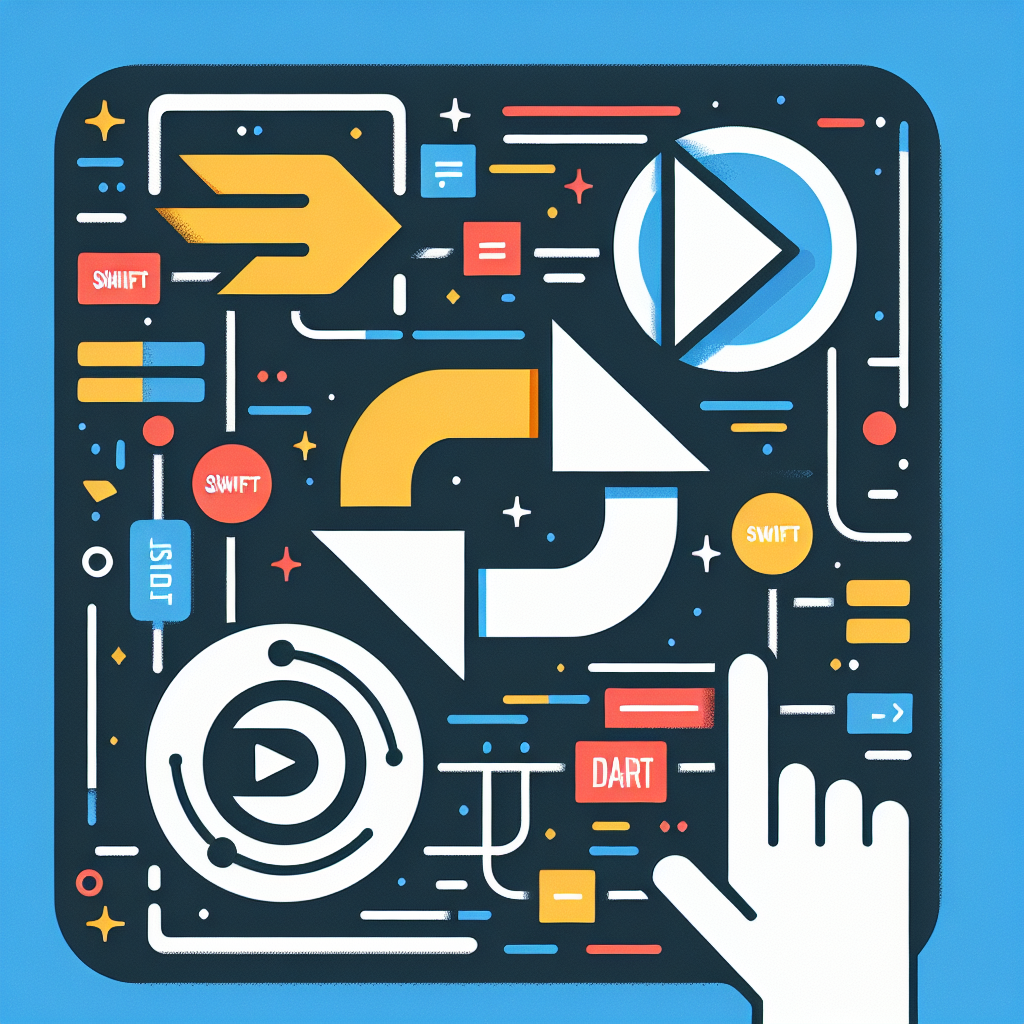Swift to Dart Converter: Effortless Code Migration Tool
Effortlessly convert Swift code to Dart with our intuitive tool. Boost productivity and streamline app development. Try Swift to Dart converter now!
Source Code
Converted Code
Output will appear here...
Swift to Dart is a powerful conversion tool designed to effortlessly transform Swift code into Dart, streamlining the app development process for cross-platform projects. Ideal for developers looking to maximize efficiency and maintain code consistency, this tool enhances productivity by bridging the gap between iOS and Flutter applications. With features like syntax conversion and error detection, Swift to Dart ensures seamless integration and rapid deployment.

Swift to Dart: Seamless Code Translation Link to this section #
Swift to Dart is an essential tool for developers transitioning between iOS and Flutter app development. This tool simplifies the process of converting Swift code into Dart, enhancing productivity and ensuring code consistency. Here’s how this tool can help streamline your development workflow.
Key Features:
- Syntax Conversion: Automatically translates Swift syntax to Dart, reducing manual efforts and errors.
- Data Type Mapping: Accurately maps Swift data types to their Dart equivalents, ensuring functional parity.
- Function Translation: Converts Swift functions, including parameters and return types, into Dart functions seamlessly.
Why Use Swift to Dart?
- Efficiency: Save time with automated code conversion, allowing developers to focus on building features rather than rewriting code.
- Consistency: Maintain uniform coding standards across platforms with precise translation.
- Ease of Use: Designed for both novice and experienced developers, making cross-platform development more accessible.
Example Conversion:
Swift Code:
func greet(name: String) -> String {
return "Hello, \(name)!"
}
Dart Equivalent:
String greet(String name) {
return 'Hello, $name!';
}
Use Cases:
- Migrating existing iOS applications to Flutter.
- Learning and experimenting with Flutter by converting existing Swift projects.
- Maintaining parallel codebases with minimal effort.
Resources for Further Learning:
Leverage the Swift to Dart tool to bridge the gap between iOS and Flutter development efficiently. Whether you're a seasoned developer or just starting, this tool can significantly enhance your coding productivity and accuracy.
Frequently Asked Questions
What are the main differences between Swift and Dart?
Swift is a general-purpose programming language developed by Apple, primarily used for iOS and macOS applications, while Dart is developed by Google and often used for building cross-platform mobile apps with Flutter. Swift emphasizes performance and safety, whereas Dart is designed for fast app development, particularly for mobile UI.
Can I use Dart to develop iOS applications?
Yes, you can use Dart to develop iOS applications through the Flutter framework, which allows for building cross-platform apps with a single codebase. Flutter compiles Dart code into native ARM code for both iOS and Android, enabling efficient performance on mobile devices.
Is learning Dart easier for Swift developers?
Swift developers may find learning Dart relatively straightforward due to some similarities in syntax and programming paradigms like object-oriented programming. However, transitioning to Dart may require understanding its unique features and the Flutter framework for building UI components.